Septoplasty Surgery Recovery: Tips for Faster Healing
Facial Plastic Surgery
A deviated septum, a condition characterized by the displacement or crookedness of the thin wall between two nasal cavities, can lead to various discomforts such as chronic nosebleeds, snoring, difficulty breathing, frequent nasal discharges, and sinus infections. Whether caused by genetic factors or trauma, the solution often lies in septoplasty, a surgical procedure aimed at repairing the crooked septum. Understanding the nuances of septoplasty recovery is essential for individuals seeking relief from the symptoms associated with a deviated septum.
This article focuses primarily on the crucial aspect of septoplasty recovery, shedding light on the key points associated with this healing process.
What Is Septoplasty?
The septum is a cartilaginous wall inside the nose that separates the internal space of the nose into two parts (nostrils). In some people, this wall is bent toward one side instead of straight, so the air cannot flow freely in one nostril and causes breathing issues, especially when sleeping. Septoplasty, also known as deviated septum surgery, is a minor procedure in which the crooked septum is straightened, and the obstruction inside the nostrils is removed; as a result, the patient's breathing difficulties, nosebleeds, and snoring will be gone.
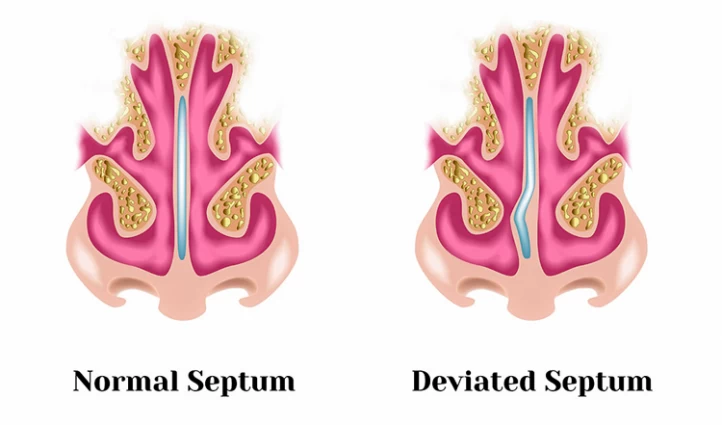
How Long Does It Take to Recover from Septoplasty?
The whole septoplasty recovery period may take four to six months. This operation is less complicated than other nose surgeries -such as rhinoplasty- so you can resume your daily activities within two weeks, except for heavy exercises. The initial swelling will subside a week after the operation, and the residual inflammation decreases gradually during the following months. All in all, the recovery from septoplasty is manageable and involves minimal discomfort.
Recovery Timeline for Septoplasty
To fully understand the specifics of postoperative care, it is important to look into the details of septoplasty recovery day by day, revealing the gradual healing process that follows this surgical procedure. Read the following to know what to expect after septoplasty during the recovery.
The first week after septoplasty
Navigating the postoperative phase, individuals often wonder, what to expect after septoplasty during the recovery. In the first week after deviated septum surgery, your nose is painful, swollen, congested, and itchy. Although the dressings and splints are removed two days after the procedure, you may still find breathing difficult. Taking antibiotics and prescribed pain medications is necessary during the first-week post-operation. Also, your activities should be limited throughout the day as you may apply pressure on the sutures or strain them.
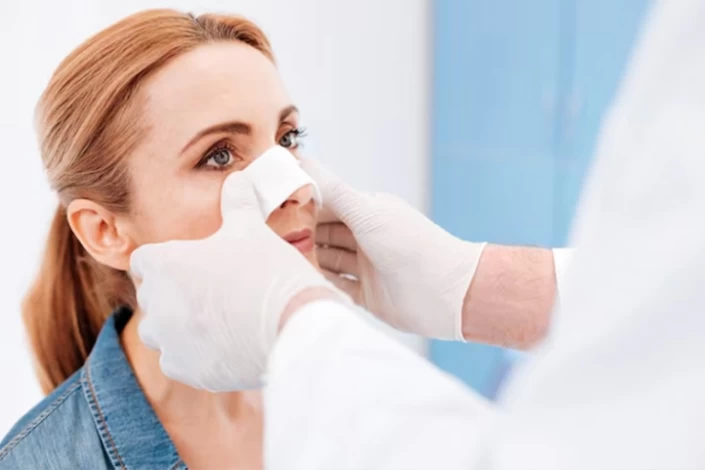
The second week after septoplasty
In the second week after septoplasty, you can breathe easier as the tampons and splints are removed from your nose. The pain and swelling are minimized during this time, but you probably see bruising around your nose and under your eyes. Still, it would be best if you refrained from doing activities that involve lifting, bending, pulling, and pushing.
Third and fourth week after septoplasty
The majority of swelling and bruising is gone by this time, and you can see the results of your operation. Remember that the outcome of septoplasty is revealed once the whole swelling is down, i.e., four to six months after the surgery. You can do moderate exercises from the second week onwards, but contact sports, weightlifting, wrestling, and swimming should still be avoided.
One month to six months after septoplasty
The nasal cartilage and tissues heal within six months after septoplasty. From the second month afterward, you can see a significant improvement in your breathing. Also, you will have no nosebleeds, fewer snores, and few sinus discharges during this time. If you are a professional athlete, ask your doctor when to resume your sport.
Septoplasty Aftercare Tips
The following section explores post-septoplasty care and offers important septoplasty recovery tips for a more pleasant and seamless healing process.
- Take at least a week off from work to rest at home;
- Avoid any activity that elevates your blood pressure for a week;
- Do not blow your nose;
- If you have to sneeze, do it with your mouth open;
- Avoid getting your splints and tampons wet;
- Do not get a shower for 48 hours;
- Use a wet wipe or a wet cotton pad to clean your face during the first two days;
- Do not completely remove your nasal dressing for 48 hours. You can switch it with a clean one if needed;
- Be careful of the signs of infection;
- Take your antibiotics and complete the entire course;
- In case of having a high fever, contact your doctor;
- Avoid dusty and smoky places as well as allergens;
- Avoid smoking and drinking for a month before and after the operation;
- Taking herbal medications and NSAIDs may increase the risk of bleeding, so they should be avoided for at least two weeks;
- Do not bend or lift anything heavier than 10 pounds for 15 days;
- Apply a cold compress to reduce swelling, bruising, and pain;
- Stay hydrated all day;
- Add more fiber to your diet to prevent constipation;
- Avoid spicy foods that irritate your nose and make you sneeze;
- Avoid wearing makeup and using piercing while you are healing;
- Avoid crowded places where you may be hit in the face;
- Use contact lenses instead of wearing glasses for a month.
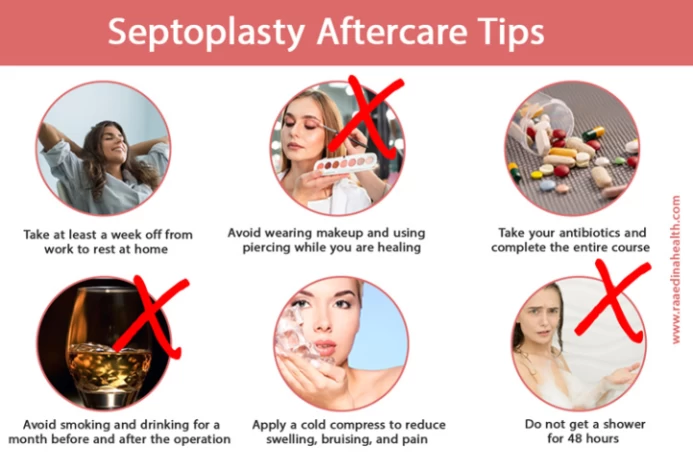
What Should I Expect from my Recovery Following a Septoplasty?
Following the treatment, the doctor will wrap your head in gauze and place a splint over your nose. You will have a drainage tube placed in one of your nostrils, which will stay there for approximately a week. You will also be given medication to relieve discomfort and pain.
Although most patients find the pain tolerable, others report experiencing pain when swallowing, nasal dryness, and trouble breathing through the afflicted nostril. Usually, these side effects go away two to three days after the procedure.
You must sleep on your back for the first three weeks after the treatment. So, while you're healing, stay away from physically demanding activities and bending over. You can work out and bend over again after three weeks, but staying away from contact sports for at least six weeks is advised.
After a Septoplasty, it takes approximately 4-6 months for your nose to heal fully. To ensure the best outcomes, you should adhere to your doctor's instructions throughout this time.
Septoplasty Post-Op Home Care
Effective home care and recovery after septoplasty play crucial roles in ensuring a smooth healing process and optimal results. After deviated septum surgery, you must take care of your nose to the maximum level to achieve the best results possible. Consider the following points during the septoplasty recovery.
Sleeping after septoplasty
During the first week after deviated septum surgery, many patients find sleeping difficult as their nose is blocked, painful, and inflated. To sleep well after the operation, you must sleep on your back and place two pillows under your head to make a 30- to 45-degree incline. This will eliminate your breathing problems, increase the blood flow in the nose, reduce swelling, and prevent nosebleeds. You can sleep on your sides once the tampons and dissolvable sutures are removed, but you should still be cautious not to hurt your nose when asleep.
Bathing after septoplasty
You can wash your body immediately after the surgery, but you should be careful not to splash water on the splints and dressings. Forty-eight hours after septoplasty (the dressings and splints are removed), you can shower with lukewarm water. Do not use hot water, scented shampoos and soaps, and scrubbing gels while healing. Swimming pools, saunas, and hot tubs should also be avoided for at least four weeks.
Exercising after septoplasty
It is recommended to avoid exercising during the first week as it elevates the blood pressure and increases the risk of sutures rupture and bleeding. Walking slowly around the house is the best exercise during the first week. It would be best to go out for short walks from the beginning of the second week as it will prevent pneumonia and constipation and increase blood flow to the nose. Exercises involving jumping, running, pushing, pulling, and lifting are not allowed for at least a month after the operation. You have to consult your doctor about when to start your heavy exercises.
Rinsing the nose after the septoplasty
Use saline nasal sprays, saline serums, or a sinus rinse kit to irrigate your nostrils and remove the blood clots. Steroid nasal sprays can only be used three weeks after the operation as they increase swelling and prolong healing. Although blowing or picking the nose seems easier to eliminate nasal congestion, they will cause heavy nosebleeds, so you should refrain from doing them until your doctor tells you it is okay.
Taking medications
Taking prescribed medications as ordered by your doctor plays an important role in how well and fast you recover from septoplasty. Nonsteroidal anti-inflammatory drugs (NSAIDs) like aspirin, ibuprofen, and naproxen should be avoided for two weeks. If you have pain or a low fever, you can take acetaminophen to reduce them. Taking antibiotics during recovery after septoplasty is also necessary as your nose is prone to infection.

Applying cold compress
The most helpful technique to minimize the swelling, bruising, and pain is putting a light cold compress or ice pack around the nose. This procedure should be repeated thrice daily for 15 minutes for at least 10 days. Place a clean cloth between the cold compress and your skin to avoid frostbite and numbness.
Removing scabs
Removing hardened crust from the surface of the nose and around the nostrils is quite easy. It would be best to soak a cotton swab in hydrogen peroxide (available in drugstores) and gently tape it on the crusts until they get soft and loose. Then, you can remove them with a finger or another swab. While removing the crusts, avoid inserting the swab into your nostrils or hurting the stitches.
Diet after septoplasty surgery
The septoplasty post-op diet is not different from your normal diet. You should stay hydrated, avoid spicy foods, and eat fiber-rich dishes during the recovery period to help the swelling go down and prevent constipation.

Warning Signs After Deviated Septum Surgery
Deviated septum surgery is a safe procedure, but in some cases, it may cause serious problems that require immediate medical attention. You should contact your doctor if you have the following symptoms.
- Breathing problem that doesn't eliminate overtime;
- Heavy nosebleeds;
- Infection signs such as fever, the rotten smell in the nose, chills, and green discharges;
- Severe pain that cannot be controlled by prescribed pain medications;
- Chronic headaches, especially in the forehead;
- Neck stiffness; and
- Dizziness, fatigue, and disorientation.
Septoplasty in Iran
Septoplasty is one of Iran's most common nose surgeries, so Iranian surgeons are highly experienced and reliable. Moreover, the plastic surgeons in this country are highly educated and reputable worldwide, so you can easily access their academic background, history of operations, and patients' comments about them. Most importantly, the cost of septoplasty in Iran ranges between $1.000 to $3.000, which covers surgeon fees, hospital charges, anesthesia, and post-op medications.
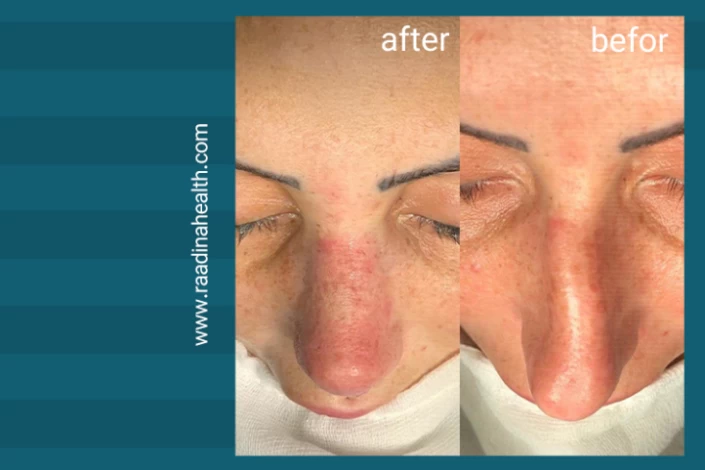
FAQs About Septoplasty Recovery
How long will my nose feel blocked after septoplasty?
Once the swelling goes down, you can easily breathe through your nose. Usually, the patients can breathe normally 7 to 10 days after deviated septum surgery.
Is it normal that I have pain after septoplasty?
Having mild to moderate pain for almost two weeks after septoplasty is normal, but if it worsens gradually or does not subside within 15 days, contact your healthcare provider.
How much bed rest is enough after septoplasty?
Bed rest is not needed after septoplasty. You can start doing your household chores (the ones that do not need lifting, pushing, and bending) from the day after the procedure.
Is it okay to sneeze after septoplasty?
After septoplasty, the nasal tissues and cartilage are vulnerable and wounded. So, sneezing through the nose can hurt them and cause nosebleeds. It is suggested to avoid allergens, dust, and smoke as much as possible, but if you must sneeze, open your mouth and push the air through it (not your nostrils).
What foods should be avoided after septoplasty?
Spicy, too hot, chewy, and crunchy foods that require a lot of jaw movement should be avoided during the septoplasty recovery. It is also recommended not to drink hot coffee and tea for 48 hours after this operation.
Can I brush my teeth after deviated septum surgery?
Yes, you can brush your teeth from the day after deviated septum surgery, but you should be mindful not to open your mouth too much and not to apply pressure on your nose.
Is it normal if my nose hurts three months after septoplasty?
If you're experiencing persistent pain three months after septoplasty, it's essential to consult with your healthcare provider. They can provide personalized advice based on your situation and ensure you receive the appropriate care.
How long does swelling last after septoplasty?
Swelling after septoplasty typically peaks in the first two weeks but may persist mildly for several weeks to months. Individual recovery varies, and following your surgeon's guidance for an accurate assessment is important.
Is it normal for my nose to still be blocked months after septoplasty?
Even though a few months after septoplasty, some people still have persistent nasal congestion, it's essential to speak with your healthcare provider so they can evaluate your case and advise you on whether the blockage is within the normal range of recovery or if additional testing is required.
Can I pick dried blood out of my nose after septoplasty?
It's generally advisable to avoid picking or manipulating the inside of your nose after septoplasty. Keeping infections and strange substances out of the nose is crucial, especially while the wound is still open. During healing, the nose is more prone to infections and germs. To avoid nasal crusting and blockage, patients should use saline sprays, stay hydrated, and gently use a hydrogen peroxide-dipped swab to clear dried blood, promoting better healing and preventing infection.
How do I unclog my nose after septoplasty?
Nasal congestion following septoplasty is frequently caused by swelling and inflammation. Use saline nasal sprays, humidifiers, and rinses to replenish moisture in the air to alleviate it. It could be advised to use nasal steroids to lessen inflammation. For the best results, avoid smoke and places with poor air quality.
How long after septoplasty can you sleep on your side?
Most doctors recommend sleeping on your back with your head elevated for the first 1–2 weeks after septoplasty. Side sleeping can increase swelling or shift healing tissues, so it’s best avoided until your surgeon confirms it’s safe.
Why does my nose still hurt 3 months after septoplasty?
Mild discomfort or tenderness can persist for several months due to ongoing internal healing. However, sharp or worsening pain should be checked by your ENT specialist to rule out infection or scar tissue formation.
Can I use a sauna after septoplasty?
Saunas, steam rooms, and hot baths should be avoided for at least 4–6 weeks post-surgery, as heat can increase swelling and slow recovery. Always confirm the right timing with your surgeon.
How much time off work is needed after deviated septum surgery?
Most patients take 1–2 weeks off work, depending on their job type. Physically demanding jobs may require a longer break to prevent strain or bleeding.
How long after septoplasty can I breathe normally through my nose?
Breathing improvement often begins within 1–2 weeks, but full results may take up to 3–6 months as swelling gradually resolves. Patience is key during this phase.
Why is my nose still blocked months after septoplasty?
Lingering congestion may be caused by scar tissue, residual swelling, or underlying allergies. If nasal blockage persists beyond 3 months, a follow-up exam with your doctor is recommended.
Does septoplasty change nose shape?
Septoplasty is primarily functional, but in some cases, it may slightly improve nasal appearance. If cosmetic changes are desired, septoplasty is often combined with rhinoplasty.




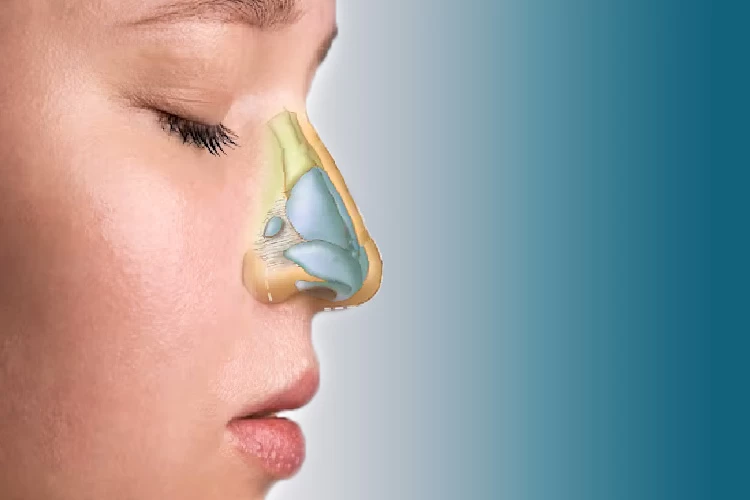
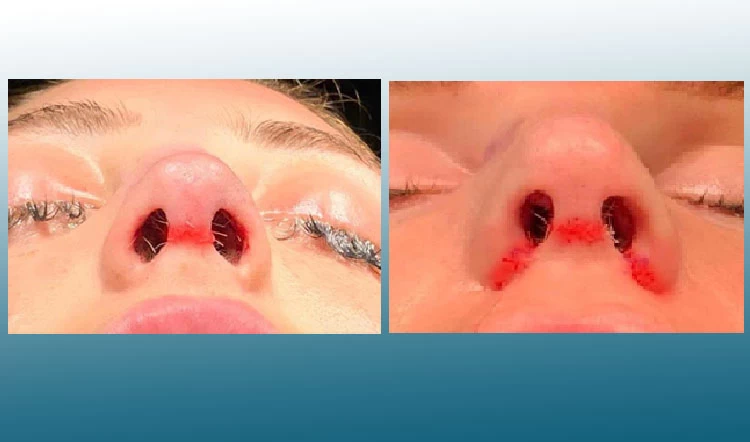

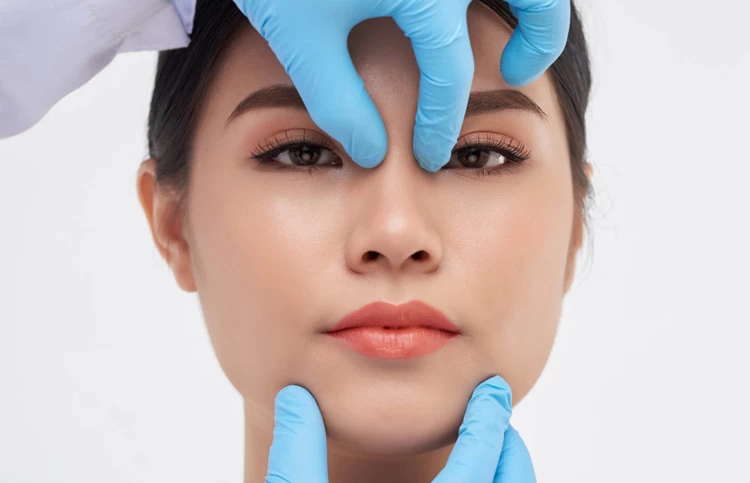
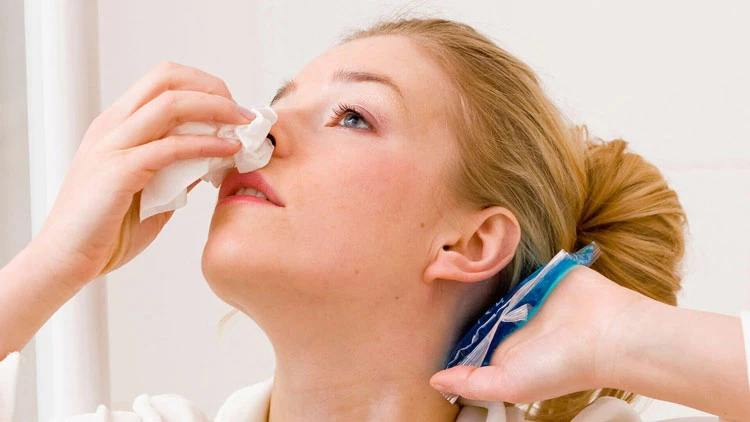


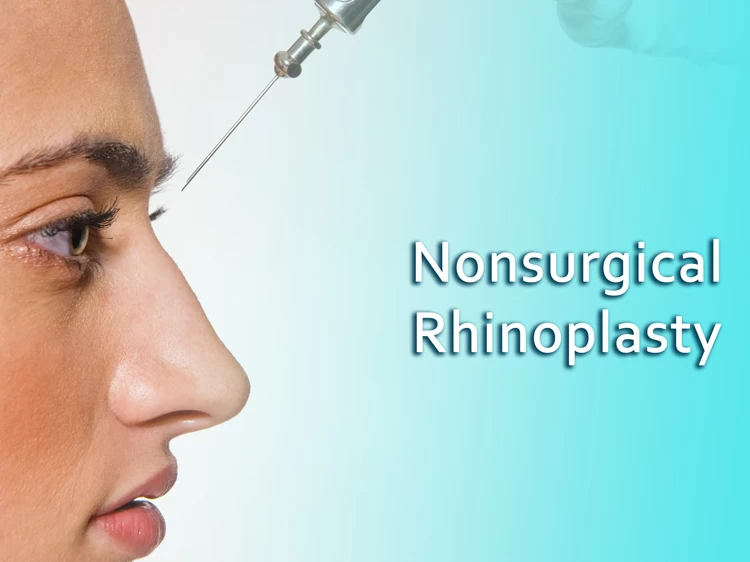
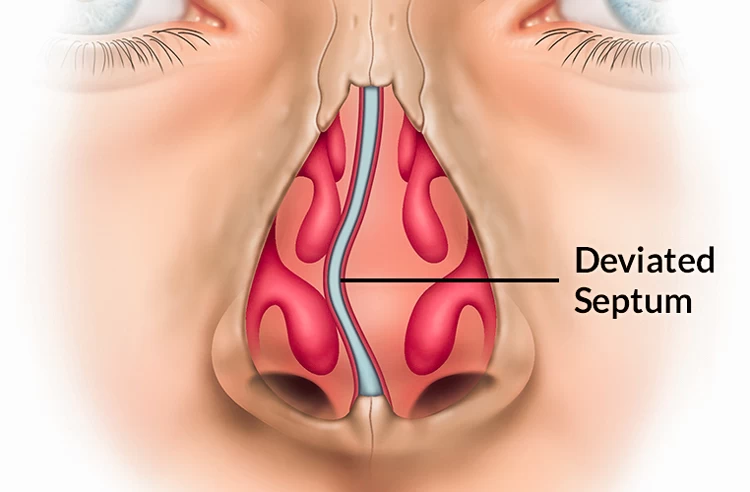
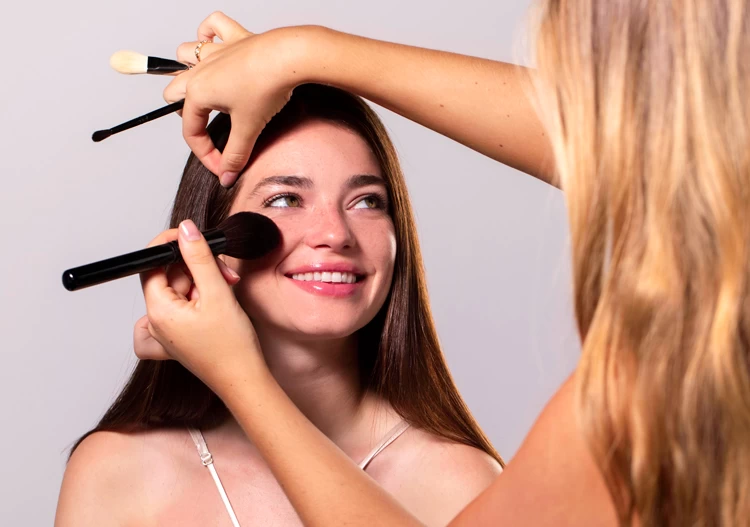
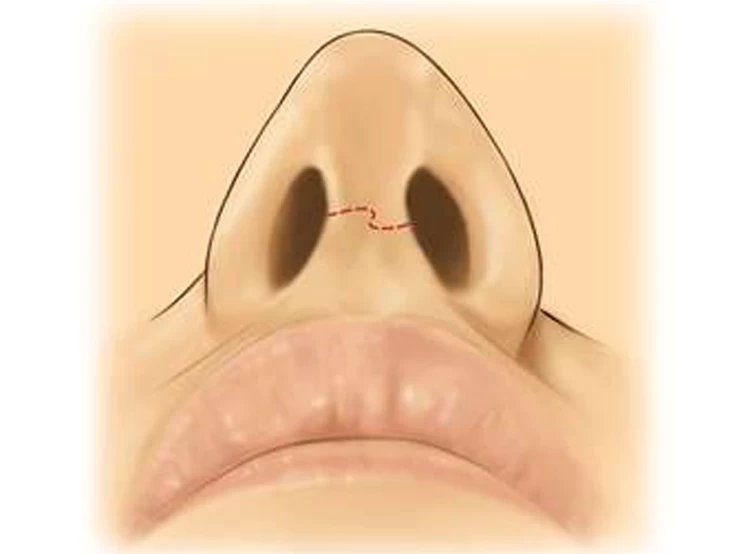
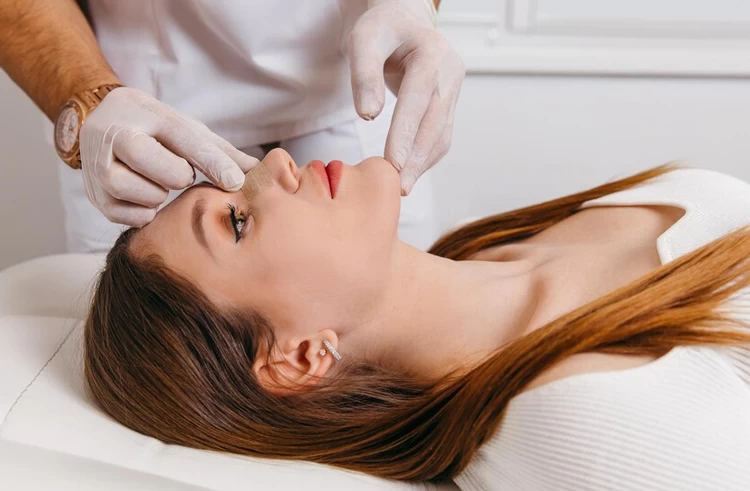


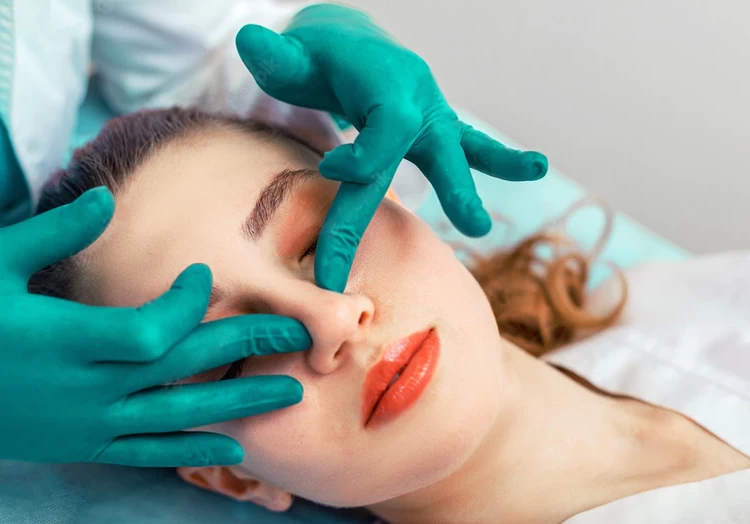
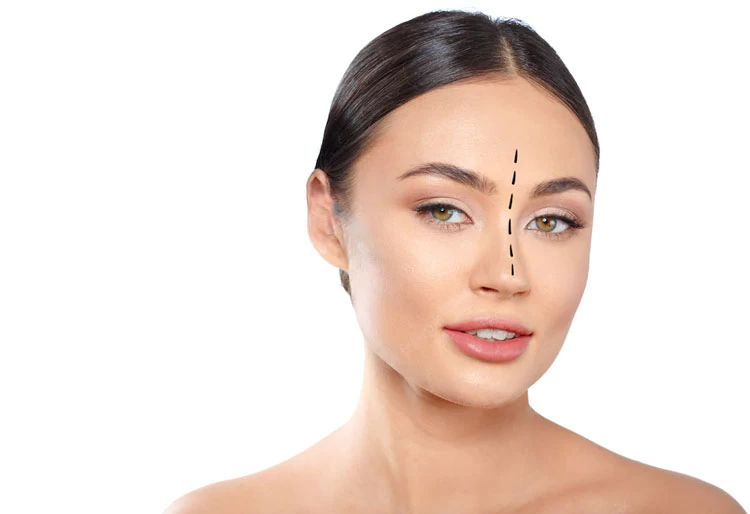


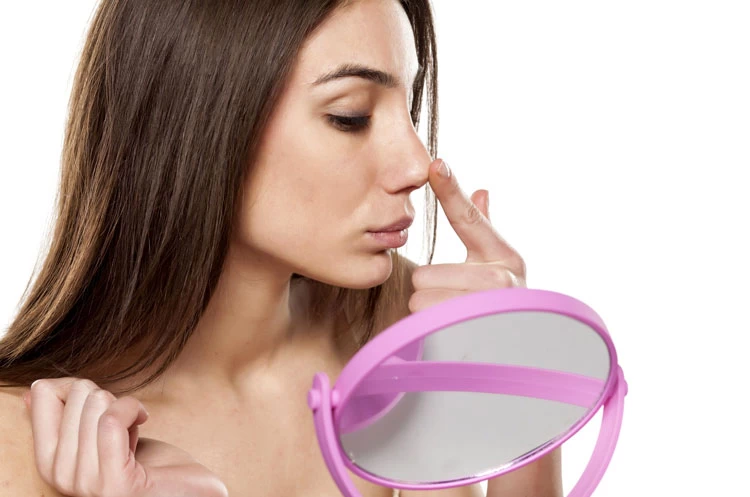
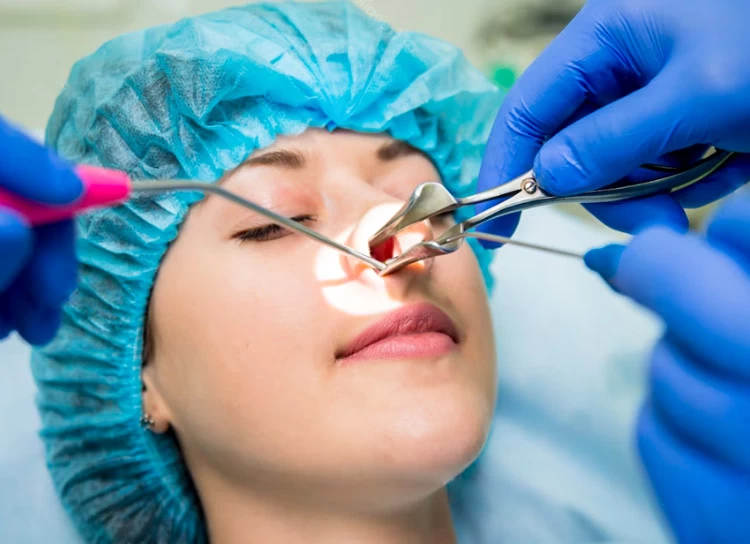

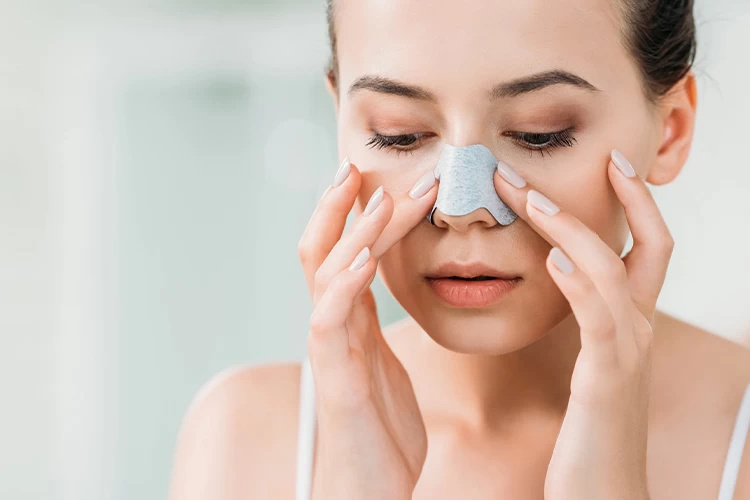
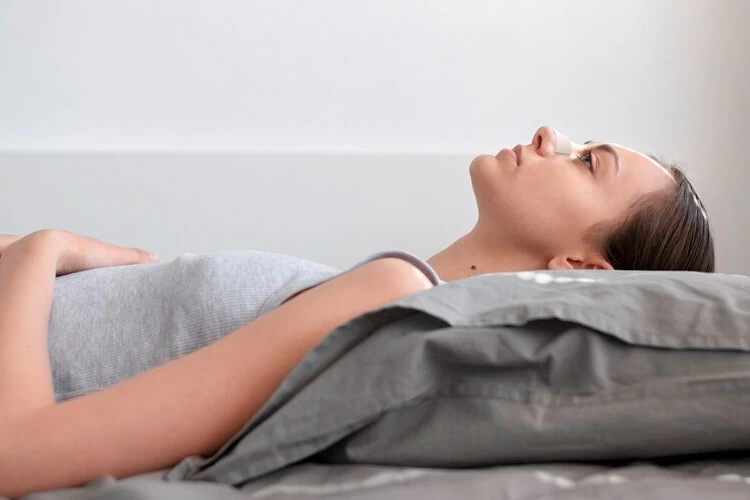


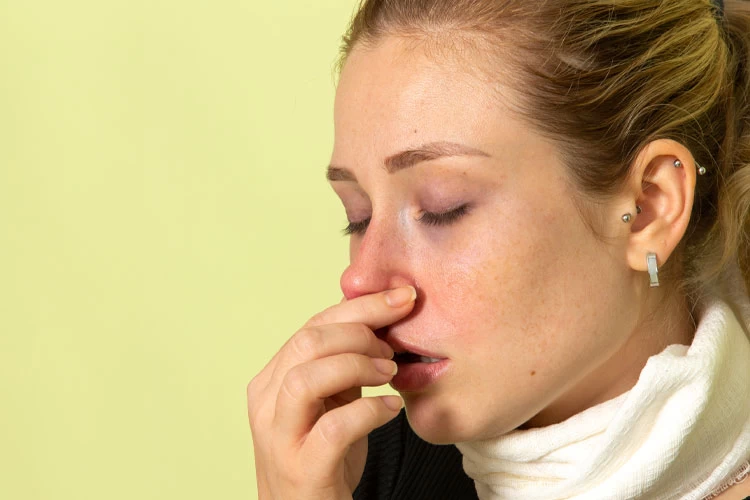
No reviews
Your comment